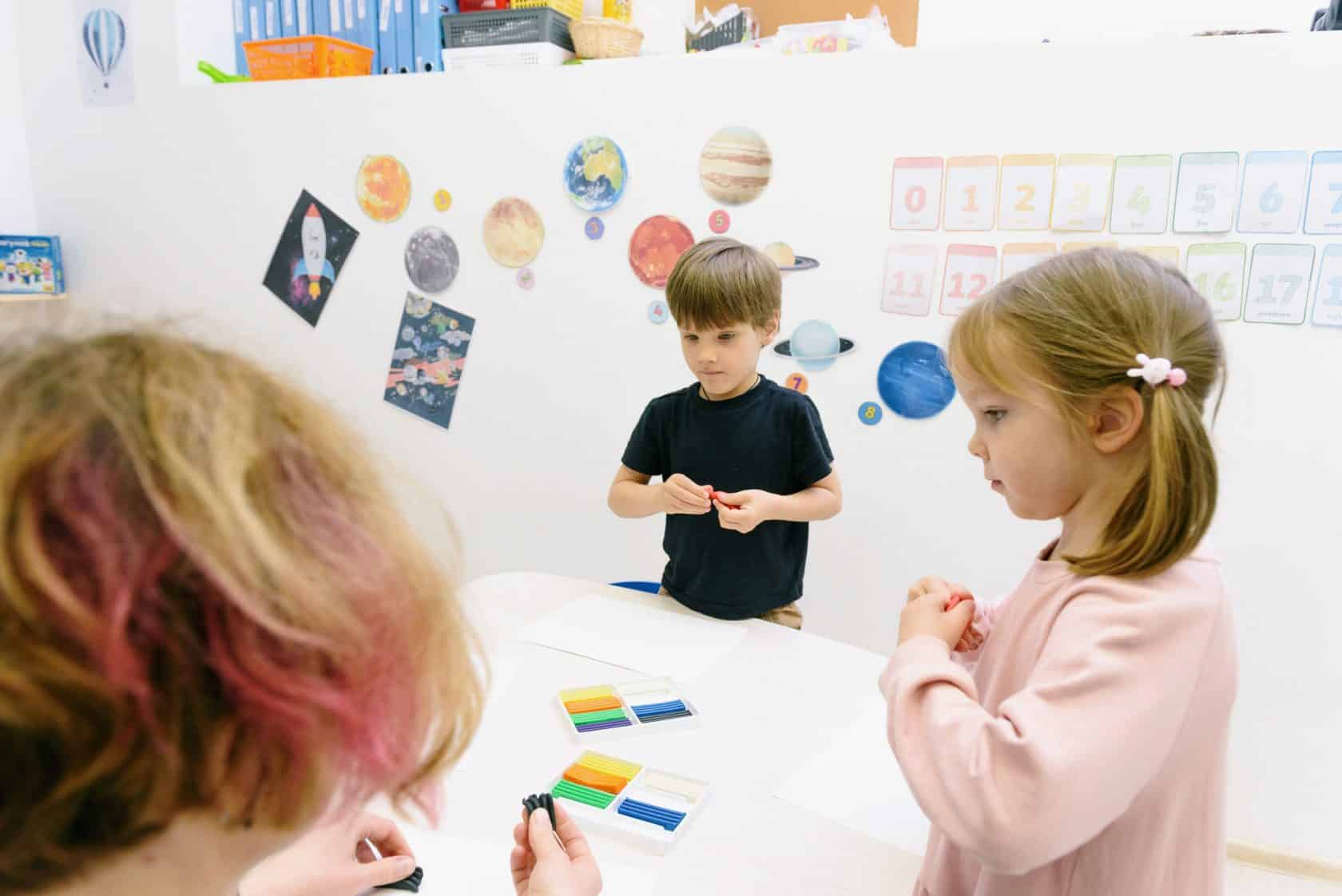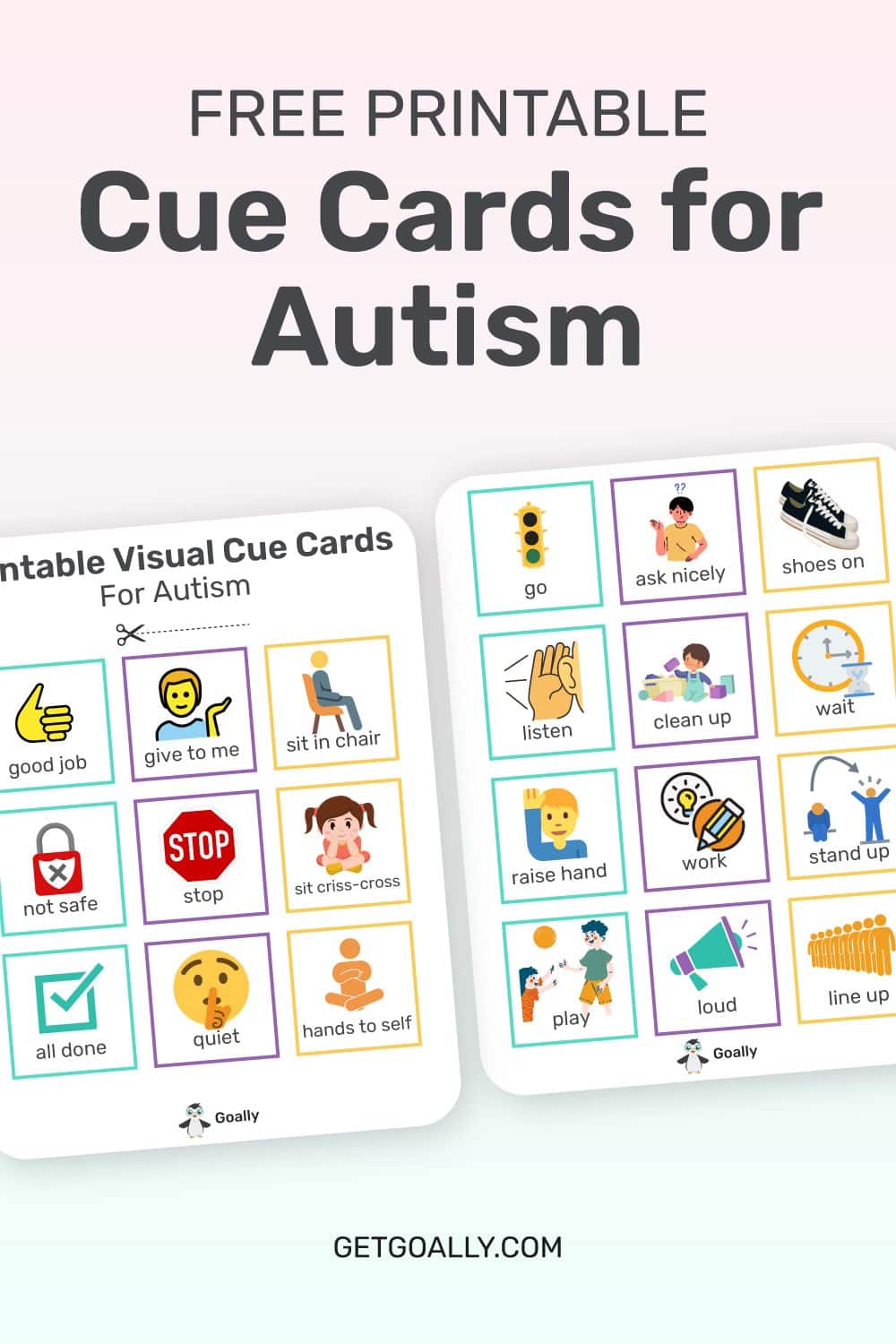The SCERTS Model is implemented through various strategies and practices to support children with autism. Here are some examples of how it works:
- Visual Supports: Using visual aids such as schedules, social stories, and visual cues to enhance communication and understanding.
- Peer-Mediated Interventions: Encouraging interaction and social skills through structured play or activities with typically developing peers.
- Emotional Regulation Techniques: Teaching children coping strategies like deep breathing or using a calming space to manage emotions.
- Naturalistic Teaching: Incorporating learning opportunities into everyday routines and activities to promote generalization of skills.
- Individualized Goals: Setting specific targets based on each child’s unique needs and strengths, ensuring personalized intervention.
- Family Involvement: Collaborating with parents and caregivers to provide consistent support and extend interventions beyond therapy sessions.
By employing these approaches, the SCERTS Model aims to facilitate meaningful progress in social communication, emotional regulation, and overall development for children with autism. Goally, our tablet, is a valuable tool for children following the SCERTS Model. It offers interactive apps for digital visual schedules, AAC, gamified learning, emotional regulation, executive functioning skills, and social skills training.
This post was originally published on Feb. 15, 2023. It was updated on July 20, 2023.














